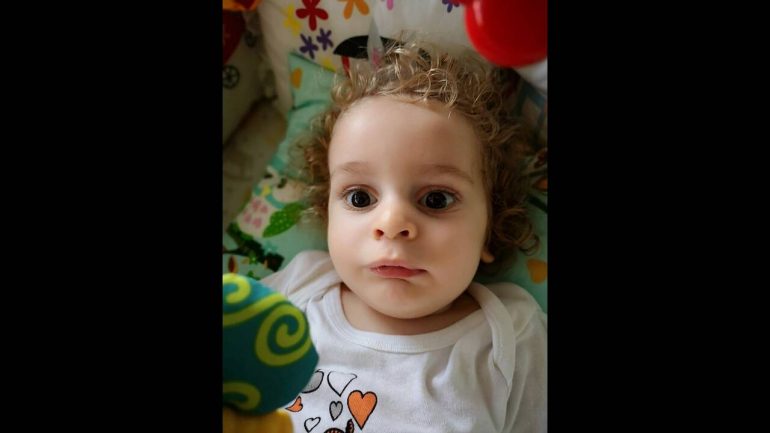The Greek head of the Department of Neurology at Boston Children's Hospital, Dr. Vassilios Darras, explains to protothema.gr what follows after the administration of the gene therapy - When the first improvements in the condition of the 18-month-old boy can be seen.
The little Panagiotis-Raphael underwent the Zolgensma gene therapy yesterday, Thursday, for the treatment of spinal muscular atrophy (SMA) type I, from which he suffers.
The father of the 18-month-old boy posted a relevant post on Facebook yesterday, Thursday, that his son was given the gene therapy, while thanking all those who helped him raise the required amount of money of 3,7 million euros.
Now, the Glossioti family is anxiously awaiting the next steps of the medical team. The doctors are headed by Vassilios Darras, the distinguished Greek professor at Harvard University and the head of the Department of Neurology at Boston Children's Hospital.
Speaking to ygeiamou.gr and protothema.gr, Dr. Darras explains the next steps after gene therapy.
Dr. Darra, when will you be able to make an assessment of the little patient's health?
Ms. Bibi, for all children undergoing this gene therapy, the first few weeks are crucial in terms of any complications from gene therapy. We inject trillions of viral genomes or vectors into children's bodies, and most of them end up in the liver before they reach the rest of the body and then into the brain and spinal cord. Thus there is a risk of liver dysfunction. So we monitor the liver and heart enzymes as well as the patients' blood once a week for the first month and then every 2 weeks in the second and third month, to see if everything goes well. This is a protocol for all children with SMA receiving gene therapy.
What do you expect to see from a neurological point of view next month and what could you characterize as an improvement regarding the health of little Panagiotis-Raphael?
We have seen improvements in patients within the first month of undergoing gene therapy but we usually need 2-3 months before we get a better picture of the condition. However, each patient is different and so we can not make predictions for each individual case. Patients with type I spinal muscular atrophy over the age of 6 months have been systematically studied in recent clinical trials.
When do you estimate that little Panagiotis-Raphael will be ready to be discharged from your hospital and when will he be able to return to Greece?
You can ask the family about this, but patients who are in good health can usually leave in 2-3 months. If all goes well, the children will not stay in the hospital.
After the return of the Glossiotis family to Greece, will the little one continue the treatment with Spinraza that he has been receiving since he was diagnosed with SMA?
Parents want to continue treatment with Spinraza and it is not a bad idea given the potential for synergistic effect of Nusinersen (Spinraza) and onasemnogene (Zolgensma).
Should the medical team in Athens that is already tiring Panagiotis-Raphael from the moment of his diagnosis should now be in contact with you for guidance regarding his lifelong treatment?
I would be very happy to offer any help, if I can help and if of course they need any guidance.
https://www.youtube.com/watch?v=D4CjQbuJNso&feature=emb_title
Source: protothema.gr
